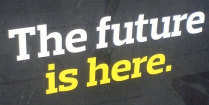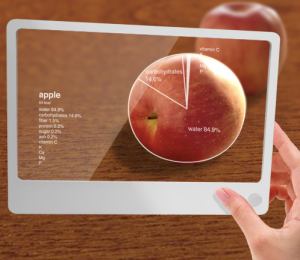
For those who don’t know me, I am Ben’s business partner, and originally invested in the start of SPYCH. Ben often quips there are some who disbelieve I even exist, so hopefully my presence at September’s Corporate Researchers Conference in Dallas and this blog entry will diffuse some of those myths! 😉
I hired Ben almost 5 years ago. At that time, I was extremely busy with projects and needed help. I found Ben to be bright, enthusiastic, articulate and engaged – all the qualities clients and I would want in a moderator. He had the proverbial “fire in his belly”.
Just 10 months into his tenure at DGA, Ben approached my wife Debbie and me at our kitchen table with a foundational idea that focused on Gen Y and the notion of “empathic research,” which was essentially the genesis for SPYCH.
From that point forward, since Ben was completely dedicated and devoted to developing SPYCH, I needed to find a new person to backfill his spot and help support me. On Ben’s recommendation, I interviewed Elizabeth, who was just as bright, enthusiastic, articulate and engaged as Ben was when I first spoke to him – In a relatively short period of time, Elizabeth was conducting research projects on her own and doing great work for both our pharmaceutical and CPG clients.
What can you take from my experiences?
I am often asked by my Baby Boomer peers why I was able to have two success stories with my “young hires,” while their own experiences with Gen Y employees tended to be lukewarm/ mixed at best. Upon reflection, I believe there are some things in particular to look for when hiring potential Gen Y employees/colleagues, as well as a few things you can offer to them to make your firm a “Gen Y destination” (as Ben likes to say!):
Dave’s Things to Look for When Hiring/Working with Gen Y (in no particular order):
- Level of engagement
- Ability to quickly establish rapport
- Ability to think well “on their feet”
- A high degree of inquisitiveness
- Confidence tempered with the willingness to learn





